Fuchsia Grown From Seed Is Very Challenging But It Can Be Done – Here’s How

SHRUBS > FUCHSIA > SOWING

Elizabeth is a Permaculture Garden Designer, Sustainability Consultant and Professional Writer, working as an advocate for positive change. She graduated from the University of St. Andrews with an MA in English and Philosophy and obtained a Diploma in Applied Permaculture Design from the Permaculture Association.
Reviewed By COLIN SKELLY

Colin is a Horticulturist and Horticultural Consultant with experience in a range of practical and managerial roles across heritage, commercial and public horticulture. He holds the Royal Horticultural Society’s Master of Horticulture award and has a particular interest in horticultural ecology and naturalistic planting for habitat and climate resilience.
Contributions From GAIL BARBER

Gail Barber is the Secretary of the Sutton Coldfield Fuchsia & Gardening Guild with experience of more than 50 years in the garden. Gail even has a cultivar of Fuchsia named after her.
IN THIS GUIDE
Fuchsias are well-loved and attractive flowering plants which can be great choices for many gardens.
There are some that are hardy and some that are too tender for year-round growing outdoors.
Whichever fuchsia you grow, there are several ways to propagate your plants and obtain more new plants for your garden.
Fuchsias are most commonly propagated by means of cuttings, which is a very easy and reliable process, but you can also grow these plants from seed.
Growing fuchsia from seed is far more challenging and does not always yield such positive results.
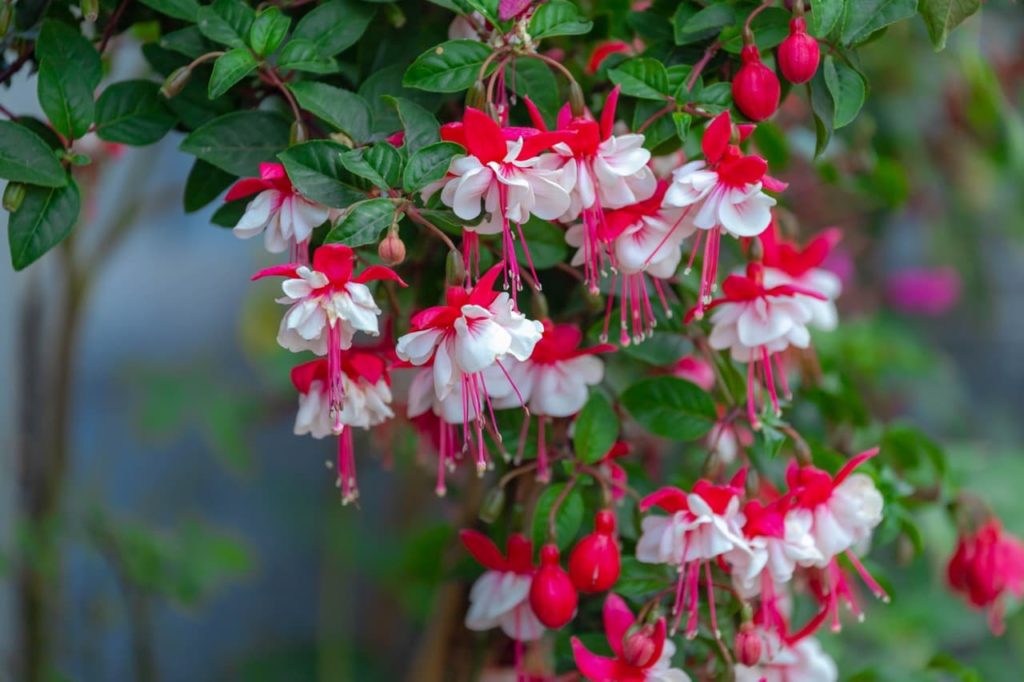
However, growing fuchsia from seed is possible and can be interesting if you like to experiment in your garden and get new varieties of these plants.
“If you wish to grow a particular cultivar then cuttings are the route to take for propagation,” adds Colin Skelly, a Horticultural Consultant.
“If you have a species or are willing to experiment with the results of seed from cultivars (which will not come true) then harvesting seeds is an interesting option.”
Fuchsia seeds are usually sown indoors in spring, around March or April.
The process is relatively simple, though results can vary:
- Collect fuchsia seeds from the plant you wish to propagate.
- Separate the seeds from the sticky flesh of the fuchsia berries.
- Spread out the seeds to dry.
- Sow the seeds on the surface of seed-starting compost.
- Grow on the seedlings indoors.
| Difficulty | Medium |
| Equipment Required | Seeds, pots, compost |
| When To Sow | March to April |
Sow Fuchsia In Early Spring
Fuchsia seeds can be sown as soon as they are collected in the autumn, but in the UK, it is generally recommended to store the seeds over winter and sow them in the spring indoors, usually in March or April.
1) Collect Your Seeds
It is sometimes possible to purchase fuchsia seeds, but if you already have some fuchsias in your garden, you might also consider collecting your own seed to sow.
“Choose your variety in the knowledge that some will happily grow four feet or more in a season and keep this in mind when choosing the position for your fuchsia,” warns Gail Barber from the Sutton Coldfield Fuchsia Society.
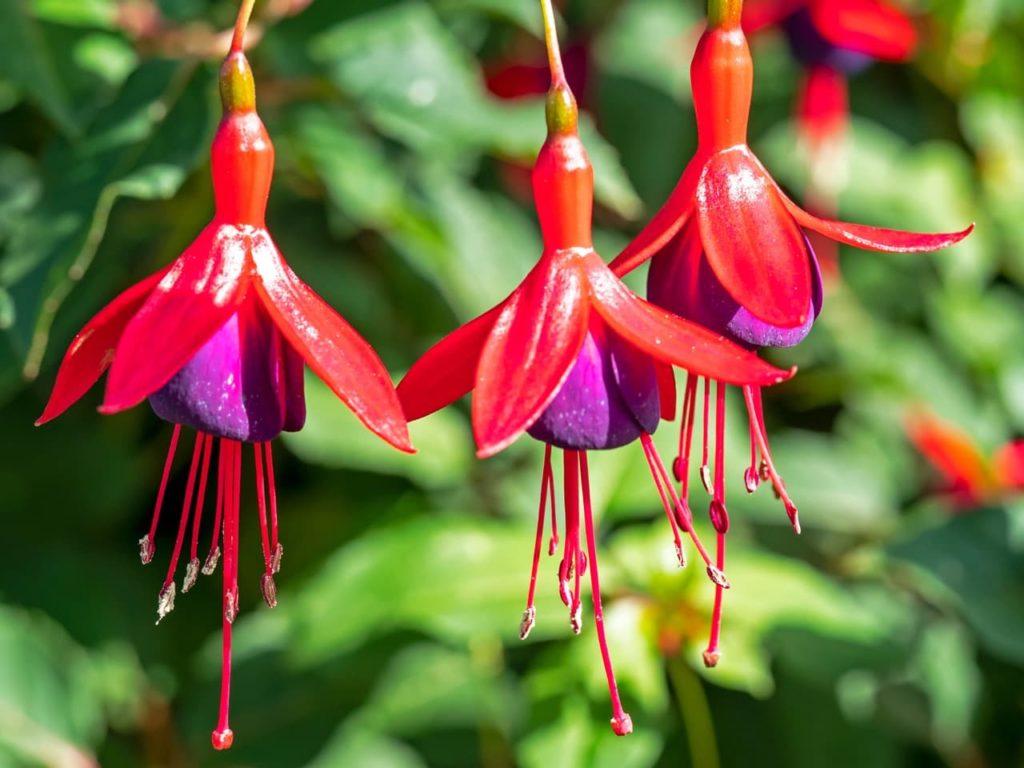
If you wish, you might carry out cross-pollination between specific fuchsias in the early summer to experiment with making your own fuchsia varieties.
To collect the seeds, you will need to tie muslin bags over the berries that form from the flowers.
For one thing, this will allow the fruits to mature fully without being eaten by birds and for another, it will prevent the loss of the seeds if the berries drop off.
2) Separate The Seeds From The Berries
Once you have the ripe berries, which are soft and fully mature, take each one and, using a sharp knife, carefully scrape out the seeds from within.
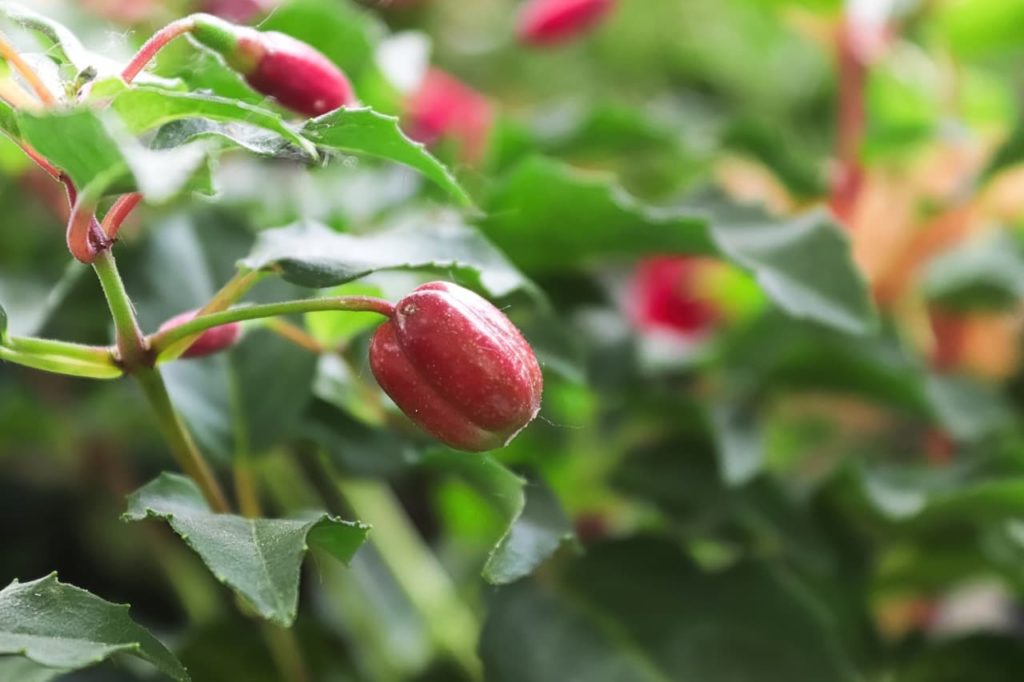
This is a fiddly process and a messy one as the fruit pulp is very sticky.
3) Let The Seeds Dry
Once you have separated the seeds from the flesh of the fruits, spread these out on a piece of kitchen paper to dry.
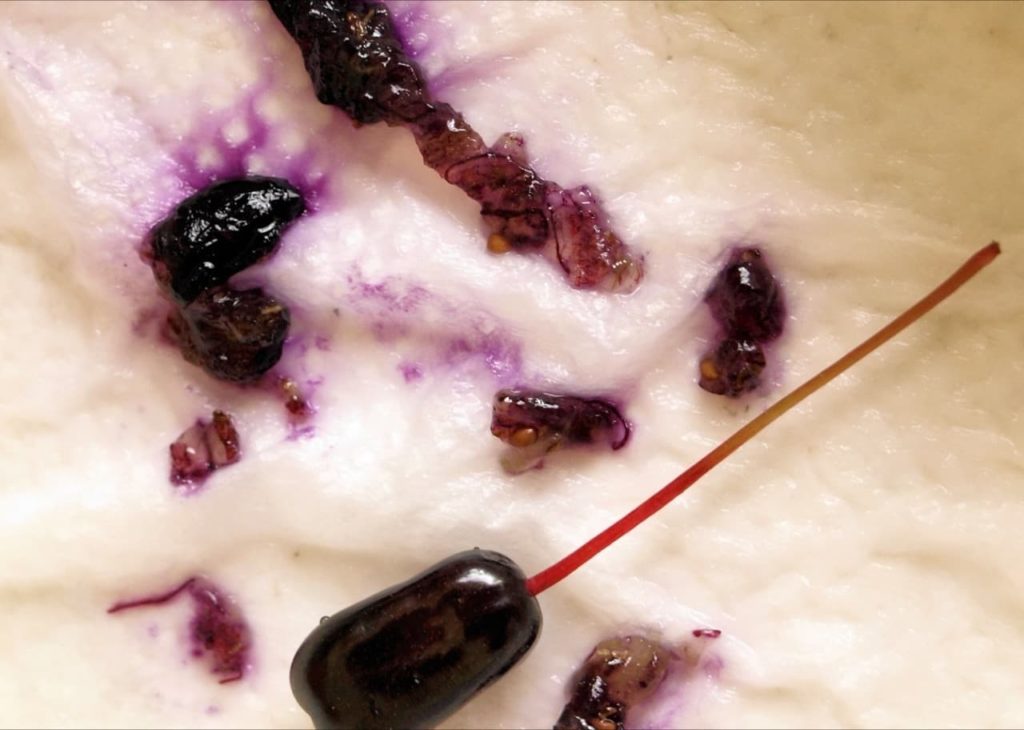
They will typically dry out in a warm room in around a week or so.
Once they are dry, the seeds can be placed in airtight containers and placed in a dry, dark spot until spring.
4) Sow Your Fuchsia Seeds
In March or April, take the seeds you collected (or seeds that you have purchased) and sow them on the surface of a good quality seed-starting potting mix, ideally topped with sharp sand.
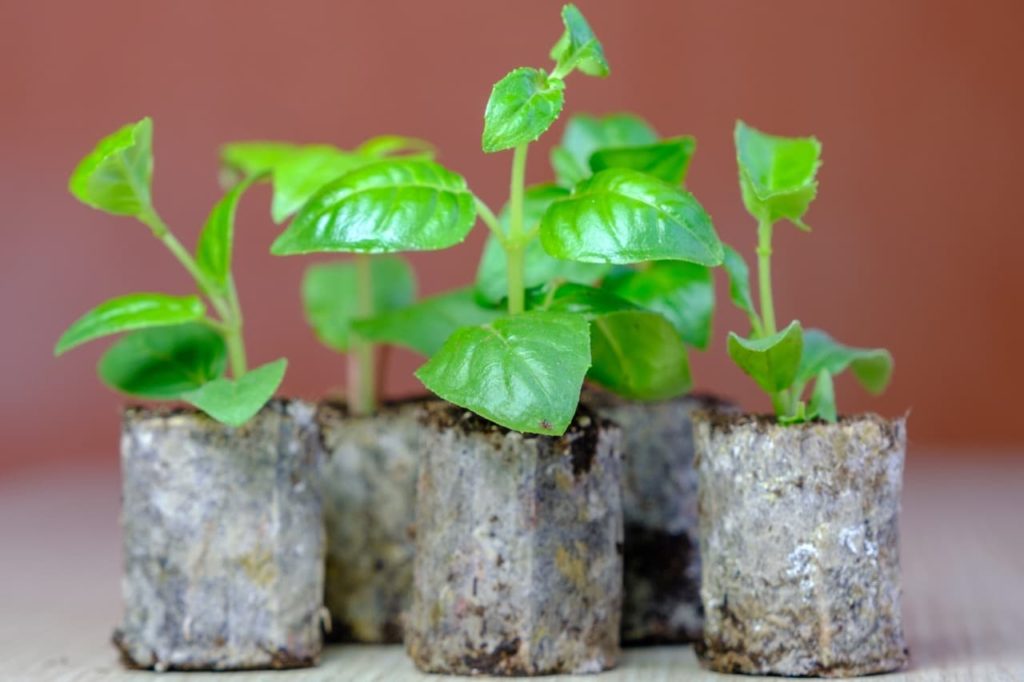
Sow seeds on the surface of this medium and firm them gently into place, but do not cover them, as light is required for germination.
“Fuchsias grown both in pots and hardy varieties in the ground are more than happy with these conditions,” says Gail.
Soak the pots and allow them to drain, making sure that excess water can drain away freely, then place your pots into a propagator in which temperatures of at least 18°C can be maintained.
5) Place On A Sunny Windowsill To Germinate
Place your propagator on a sunny windowsill or in a greenhouse, maintaining bottom heat and ensuring that adequate ventilation is provided and maintained.
Keep the potting medium moist but take care to avoid waterlogged conditions.
Water from the base to avoid disturbing the seeds.
Seedlings may take a variable length of time to germinate.
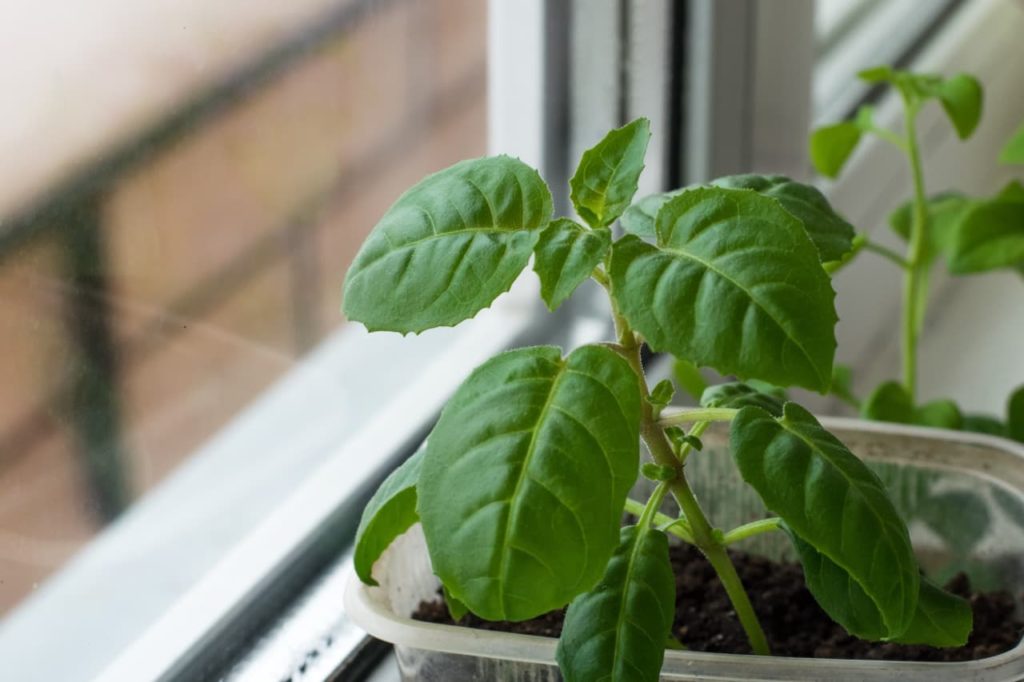
It can be as little as a few weeks or as much as 4 months or so.
Seedlings can be pricked out and potted on when the first few leaves appear.
Young fuchsias often flower in their first year, but tend to do better from their second year.
In some cases, overwintering in a frost-free location before planting out the following spring can be beneficial.
